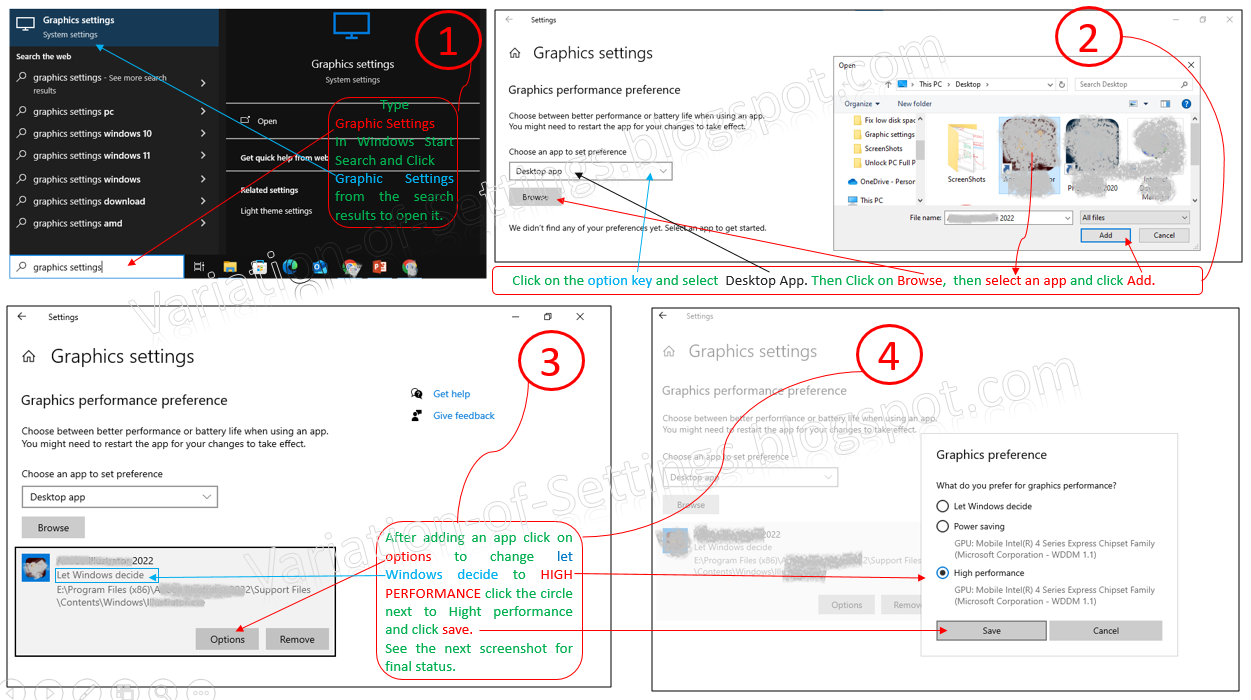Scan System for Viruses and Malware (How to remove Virus & Malware From System)
When to Scan System for Viruses?
If you suspect that your device may be infected or notice any unusual behaviour such as unexpected automatic shutdowns of applications, programs starting up, reduced performance, decreased battery life, or unexpected data usage, it's important to run a virus scan. These symptoms could indicate a virus or malware, and in such situations, a complete virus scan is recommended.
To conduct a virus scan on your system, please follow the steps below:
Scan System for Viruses Using Windows Default Antivirus
1. Click on the Start button and go to Settings.
2. Select Update & Security, then click on Windows Security.
3. Choose Virus & Threat Protection.
4. Under Current Threats, you can start a Quick Scan or a Full Scan. The Quick Scan targets commonly threatened files and folders, while the Full Scan covers the entire system, including all files, folders, and running programs on the hard disk.
If the option for Full Scan is not available alongside Quick Scan, click on Scan Options and choose the desired scan type (Quick, Full, Custom, or Microsoft Defender offline scan).
In Custom Scan, you have the flexibility to designate specific files and locations for scanning. Wait for the scan to complete.
The offline scan helps in removing resilient malicious software from the system. The process will restart your device and is expected to take approximately 15 minutes to finalize.
This is the default antivirus application that comes with Windows. If you have or download a reputable antivirus program installed on your device, follow these steps to safely remove viruses or malware from your system.
Scanning System for Viruses Using Reputable Third-party Antivirus Programs
Each antivirus setup is different. Open the antivirus program and look for real-time protection activation or other safeguard options. Turn it on and familiarize yourself with its user interface settings and virus removal procedures. Navigate to the full system scan or a similar option and proceed accordingly. If prompted, apply settings for virus removal or quarantine as per the antivirus procedure. After removing the viruses, review the antivirus scan report, as it contains valuable information about the detected viruses.
How to safely Scan a computer for viruses
1.To prevent the potential spread of viruses and transmission of sensitive data, disconnect or disable the Internet connection on the infected device. Restart the computer and access Safe Mode by pressing the F8 key or the relevant key for your device to enter "Advanced Boot Options." Then, select "Safe Mode with Networking" to boot the computer in a limited state with only essential system programs and services running.
2. Utilize the Disk Cleanup tool (a built-in Windows utility) to delete temporary files that may contain remnants of the virus.
3. Perform a comprehensive virus scan using your installed antivirus software to scan the entire system. Make sure that the antivirus software is set to scan all files and folders on the computer and that it is updated with the latest virus definitions.
4. Consider using a trusted malware removal tool, in addition to your antivirus software, to deal with any infections that may have been missed.
5. After removing the virus, it's important to check and ensure that your browser settings haven't been altered by the virus. Review the browser settings and restore them to default if necessary.
6. Make sure to regularly update your antivirus software with the latest virus definitions to ensure that it can detect and remove the most recent threats.
7. If any software on your computer has been infected by the virus, consider restoring it or reinstalling it from a trusted source to remove any lingering malware.
8. After removing the virus, be sure to change the passwords for your important accounts to prevent unauthorized access.
9. Back up important data to an external storage device or cloud service to minimize the risk of data loss in case of future incidents.
10. Keep your operating system, software, and application updated with the latest security updates to prevent vulnerabilities that viruses can exploit.
Understanding the antivirus or Windows Security procedure for virus removal is essential to ensure your computer's security. It's important to note that using multiple antiviruses at the same time can cause conflicts and reduce the overall effectiveness of virus protection.


.png)


Comments
Post a Comment